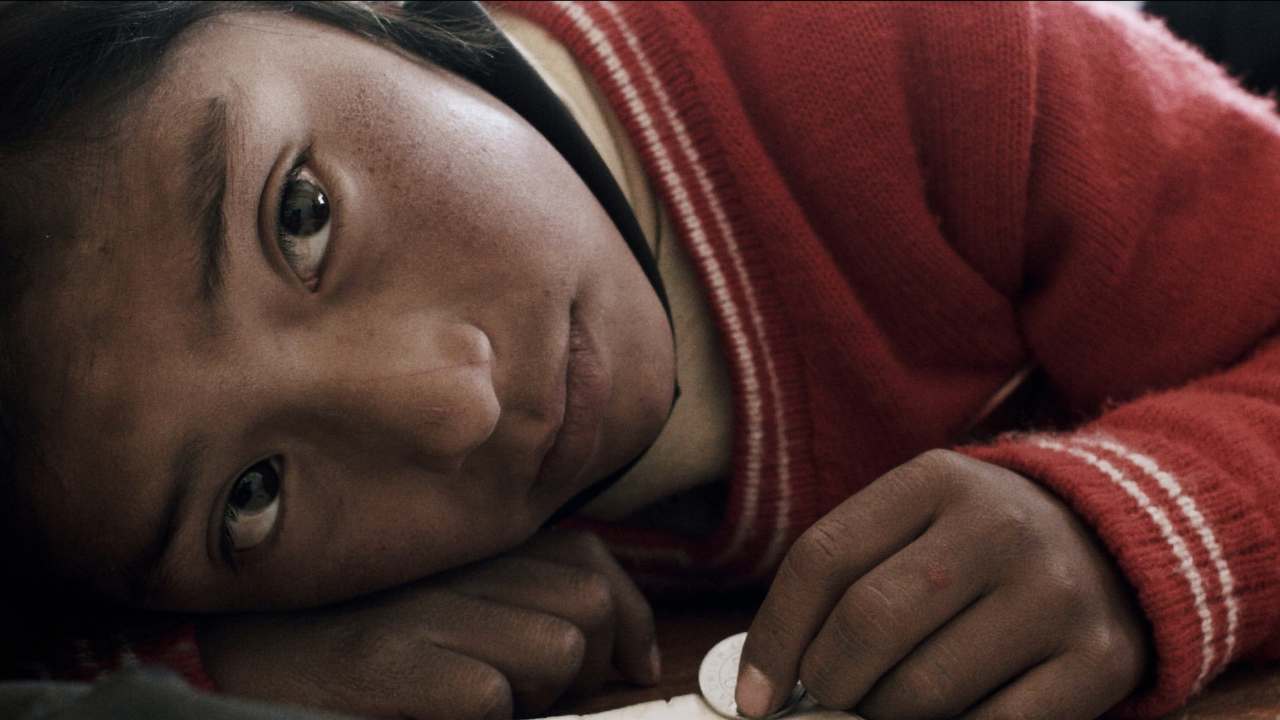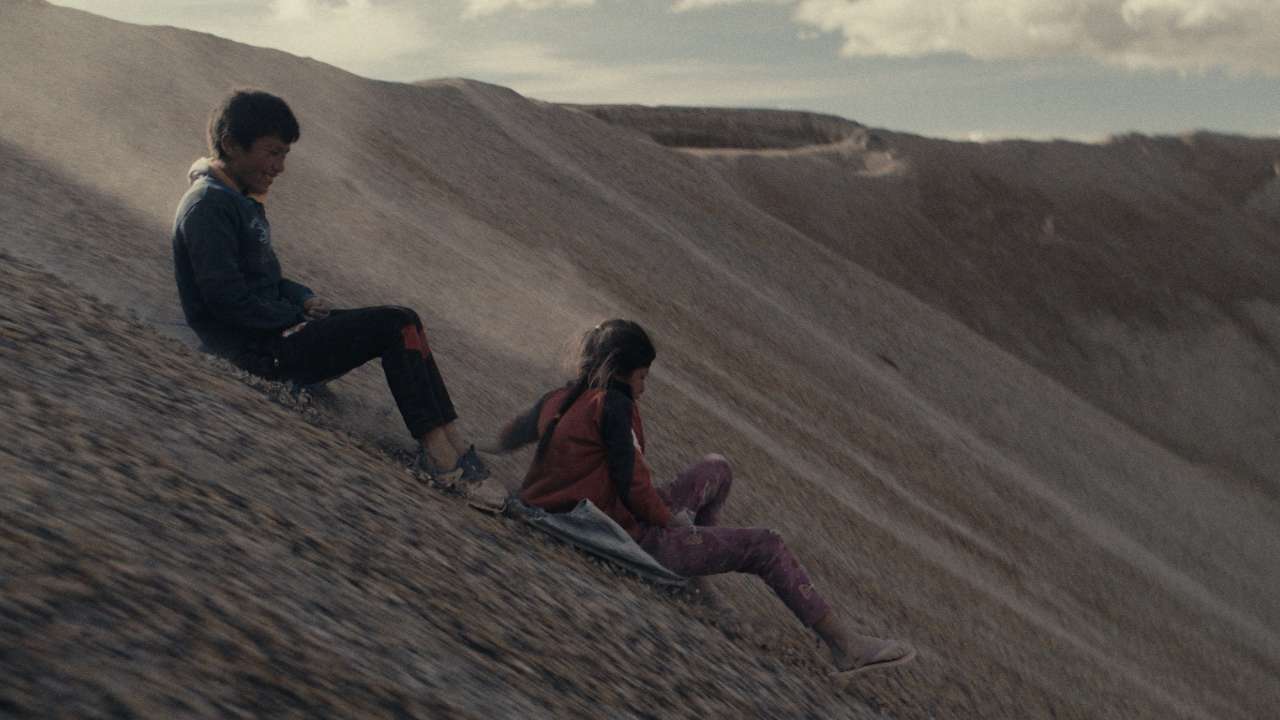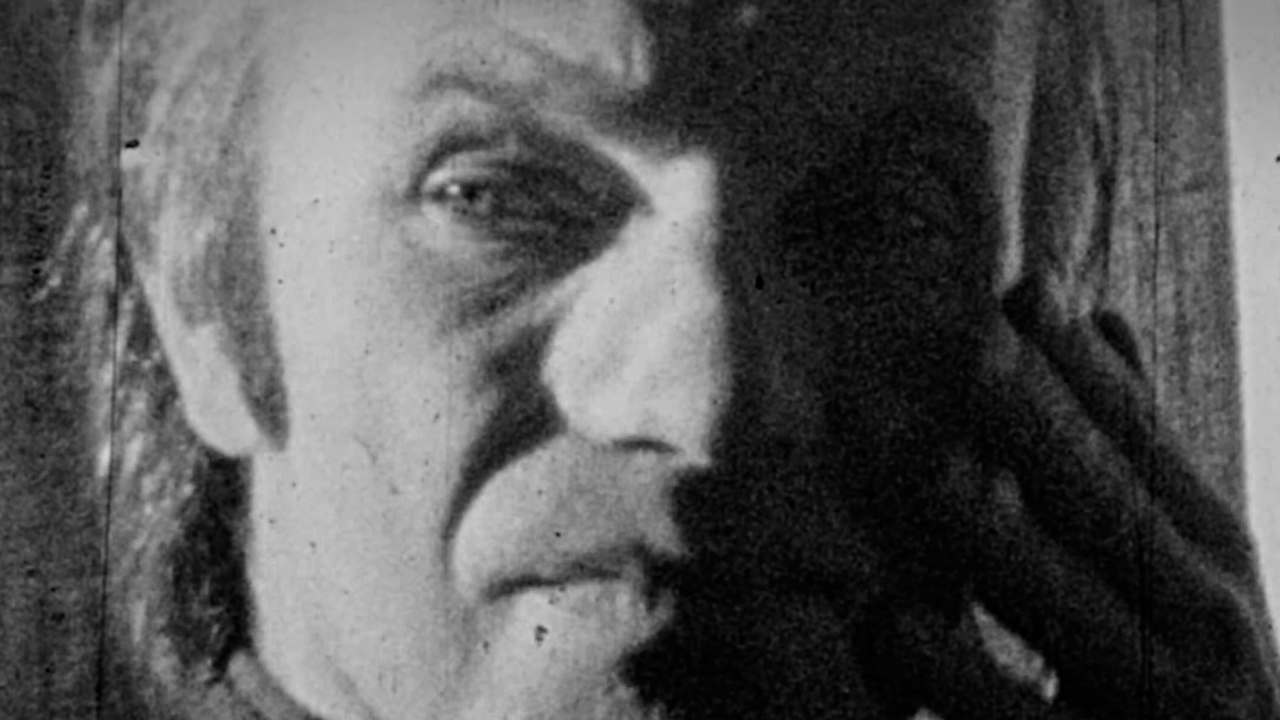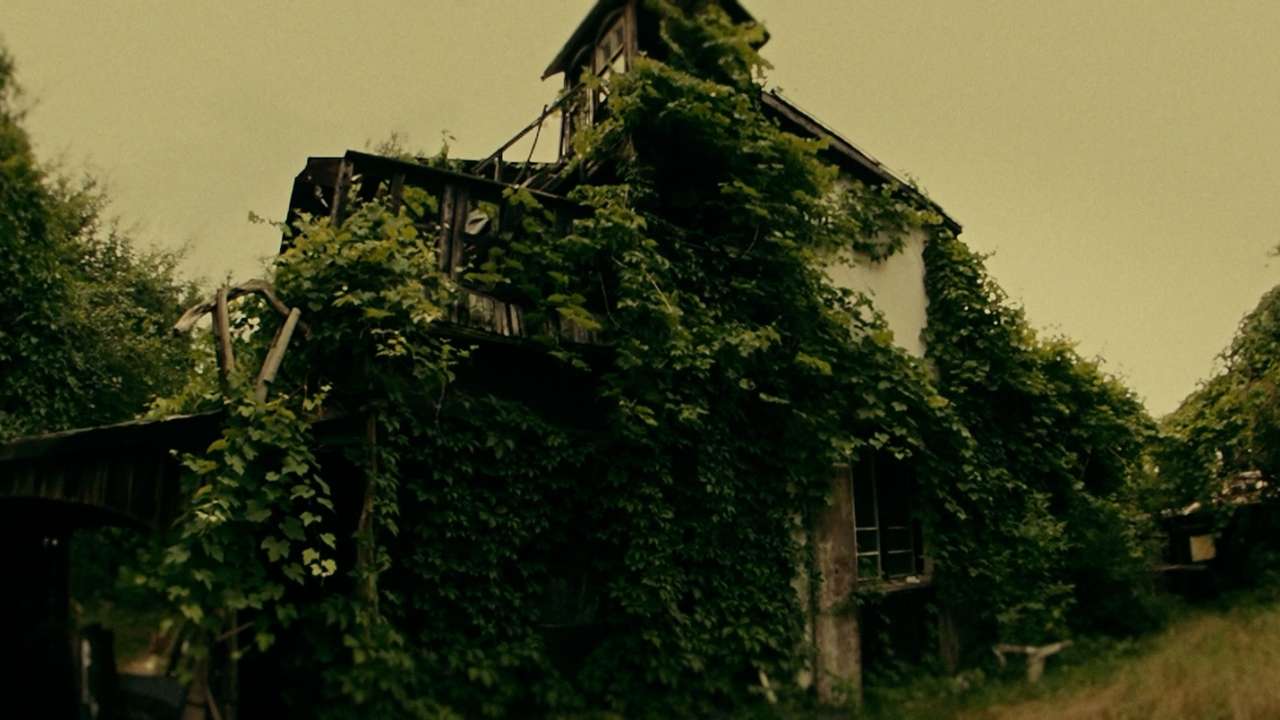This year’s edition of the Krakow Film Festival brings forth two particularly moving, feature-length documentary debuts. Their creators – Natalia Koniarz and Michał Pietrak – tackle profoundly significant subjects with impressive command of form, emotion, and visuals. Silver and Do Painters Die Elsewhere are deeply affecting films thoroughly immersed in the realities of their protagonists. Both are celebrating their world premieres here in Kraków.
These documentaries – though miles apart – testify to the maturity of their creators and the courage they have when confronting issues that require empathy, patience, and formal sensitivity. Silver and Do Painters Die Elsewhere are convincing not just as films but also as ethical gestures – towards their subjects and audiences alike. Their presence at the Krakow Film Festival is no coincidence. It sends a signal that the future of documentary cinema is being born right here – in truths that must be heard, and in stories that should not be forgotten.
The True Cost of Silver
Silver transports viewers to the heart of Bolivia, beneath the surface of Cerro Rico – a mountain that has devoured human lives for centuries. There, a place where the earth literally trembles from pickaxe strikes, Natalia Koniarz explores the brutal reality of people living and dying in the shadow of a silver mine. Three protagonists – a boy, a woman, and an elderly miner – guide us through a world where child labour is the norm, and the boundary between survival and death is blurred amid dust clouds.


The film, however, does not remain a mere reportage. Koniarz skilfully combines direct observation with poetic imagery – depicting modern colonialism not explicitly, but through experience. International corporations and modern technology, enjoyed by the privileged, exist at the expense of those extracting raw materials at the very bottom of the global ladder. The camera peers into deep into the mountain as well as into social inequalities – revealing both their origins and contemporary manifestations. Children at school learn about the mountain with pride, only to shortly afterwards encounter its true face – alien, dark, and extremely dangerous.
Throughout all this, Silver remains formally coherent, economical with words yet rich in meaning. It lingers in the viewer’s mind long after the screening, partly due to the contrast between the tragedy of life underground and superficial tourist curiosity. Koniarz does not put any accusations forward – she simply shows the true cost of the silver vibrating in our pockets.
An Analogue Womanizer and A Dog Named Crisis
Michał Pietrak’s Do Painters Die Elsewhere adopts an entirely different form and tone. It’s a visually rich, impressionistic portrait of Bolesław Gasiński – an artist, recluse, and nonconformist for whom life and art were inseparable. His home in Laski – filled with animals, overgrown with wild greenery, somewhat anarchic in form – reflected his character and way of being. His painting was equally “dishevelled” – emotional, irregular, and intense.


Pietrak is not crafting a conventional biopic. The film disregards chronology as well as the classic “great artist” template. Instead, we are presented with an intimate, scattered collage of memories, private audio and video archives, photographs, and accounts from those close to Gasiński. Through these artefacts and recorded fragments, we glimpse into the inner world of “Bolek the Rock-and-Roller”, an analogue womanizer and a poet of the image. His dog was named Kryzys [Crisis] – a single word that speaks volumes about his life and perception of the world.
Yet Pietrak’s film is more than just a portrait of an artist. It is also a quiet elegy to love – the difficult kind, full of devotion and pain, which Gasiński experienced over the course of his wife’s illness. It was during this time that his creative work took on new meaning: not as an expression of ego, but as a tool for spiritual survival. The camera does not analyse or judge – rather, it follows the rhythm of memories, constructing a delicate structure from emotions, details, and abandoned objects. Do Painters Die Elsewhere is a deeply moving tale about the (not) present – those who are no longer here, yet continue to exist in sounds, images, and stories
Insider passes for the 65th Krakow Film Festival are now on sale!
The Krakow Film Festival is on the exclusive list of film events qualifying for the Academy Awards® in short film categories (fiction, animation, documentary) and feature-length documentary, the European Film Awards in the same categories, and serves as a qualifying event for the BAFTA Awards.
The Krakow Film Festival is organised with financial support from the City of Krakow, the Ministry of Culture and National Heritage, the Polish Film Institute, and the Creative Europe MEDIA Programme. The Polish Filmmakers Association serves as co-organiser.
The KFF at the Barbican is co-organised by the National Cultural Centre as part of the cultural programme of the Polish Presidency of the Council of the European Union 2025.
The 65th Krakow Film Festival will be held in cinemas from 25 May to 1 June 2025, and online on KFF VOD from 30 May to 15 June 2025.